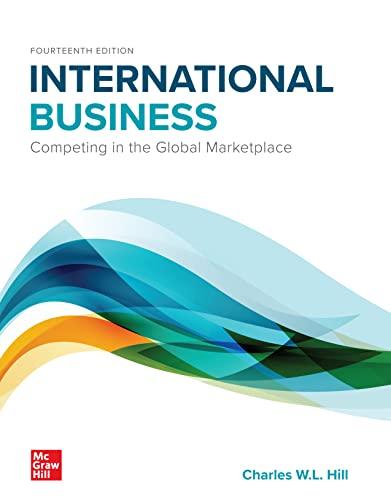Question
1. An investment has a 10% chance of returning 20%, a 70% chance of returning 10%, and a 20% chance of returning nothing. What is
1. An investment has a 10% chance of returning 20%, a 70% chance of returning 10%, and a 20% chance of returning nothing. What is the standard deviation of expected returns?
2. An investment has returned 5%, 3%, 4%, 6%, and 7% in each of the last five years, respectively. We have decided that we want to use historical returns as a proxy for expected future returns. What is the standard deviation of these returns?
3. Why isnt a portfolios standard deviation the same as its components?
1. Are the following examples of firm-specific or market risk? a. An oil company failing to find oil in one of its oil fields. b. GDP numbers beating expectations. c. The SEC finding accounting irregularities with a company
2. How might a drop in the price of oil cause both firm-specific and market risk effects?
3. We have $25 thousand invested in ABC stock (beta=1.5), $50 thousand in DEF stock (beta=0.7), and $15 thousand in GHI stock (beta=1.2). What is the portfolios beta?
4. Long term govt bonds are returning 4%. The equity risk premium is 5%. If XYZ stock has a beta of 0.6, what is its expected return?
1. You learn of an investment opportunity that expects great returns, but also has great risk associated with it. To raise the capital needed, you decide to ask your grandfather, who lives on a fixed income, to contribute. What questions might need to be considered to determine if this is an ethical course of action?
Step by Step Solution
There are 3 Steps involved in it
Step: 1

Get Instant Access to Expert-Tailored Solutions
See step-by-step solutions with expert insights and AI powered tools for academic success
Step: 2

Step: 3

Ace Your Homework with AI
Get the answers you need in no time with our AI-driven, step-by-step assistance
Get Started


